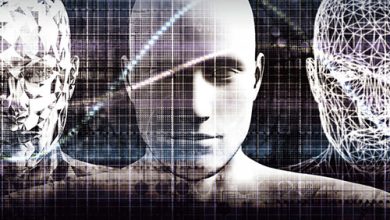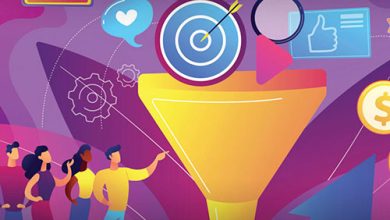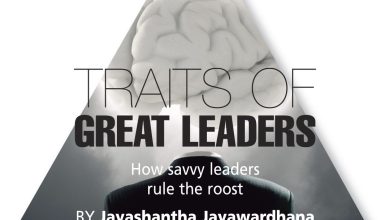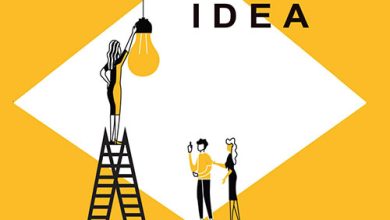PERSONAL DEVELOPMENT

CHANNEL YOUR INNER CHILD
How childhood experiences can shape your adulthood
BY Archana Law
“Resilience is about how you recharge; not how you endure,” declared Shawn Achor and Michelle Gielan, in the Harvard Business Review (HBR). The truth of this statement was evident at a recent workshop where senior leaders created, laughed, danced, dreamed and even ran across the grass with childlike glee.
Sometimes, we reconnect with our ‘inner child’ when we experience joy, curiosity or playfulness. At other times, we meet this child in moments of pain as old wounds resurface; or when we react emotionally to situations based on past experiences.
Childhood plays a fundamental role in shaping adults by influencing our beliefs, behaviour, relationships and emotional wellbeing. It lays the foundation for how we see ourselves, others and the world. We learn how to handle stress and setbacks based on what we saw and experienced as children.
But most importantly, childhood wounds such as abandonment, rejection, trauma and so on are often carried into adulthood as emotional triggers. They can cause overreaction, self-sabotage or patterns of avoidance.
Your childhood doesn’t define you forever; but understanding its impact helps build self-awareness, healing and personal growth. The more you work on reinforcing positive beliefs and healing childhood wounds, the more you can create a fulfilling and empowered life.
So who is your inner child?
Your inner child is the aspect of your personality that’s soft, vulnerable and feelings oriented: the person who you were when you were born, your core self, the natural personality that existed before maturing into an adult.
When there is a conflict or personal crisis and we feel unhappy, distressed or disconnected from our inner child, restoring our emotional equilibrium can be hard.
And who is your ‘inner adult’?
The inner adult is your logical thinking part, which has collected knowledge through years of life experiences. It is your intellect or left brain; the logical, analytical and conscious mind – the part that is thought and action oriented, rather than dealing with feelings and emotions. Taking action on behalf of the inner child is the job of the adult.
To choose actions that are open, loving, nurturing and supportive of our own and others’ emotional and spiritual growth is to take responsibility for healing pain from the past and the present; exploring and resolving self-limiting beliefs; and discovering and taking action towards emotional stability.
It can be very useful to think of your rational thoughts as your inner adult, and your feelings and emotions as your inner child. This will help you become aware of your conflicts and identify the options you have. Then you can begin to make choices that will heal your pain and enable you to enjoy fulfilling relationships with others.
The inner bonding process is very similar to trying to understand and help another child who is upset. That’s when the inner adult needs to ask, listen, act and choose to be loving by recognising his or her inner child’s feelings.
Being a balanced adult means integrating your inner child in a healthy way – i.e. by acknowledging fears, healing past wounds, and allowing yourself to experience joy, creativity and spontaneity.
When you nurture your inner child, you cultivate a deeper sense of wholeness, which makes you a more grounded and emotionally balanced adult.
Rediscover what you really enjoy. Thinking back to when you were a child, what was it that you enjoyed doing and were passionate about? Channel some of that attitude into your adult life by rediscovering your passions, hobbies and interests.
Take the time to play. As a child, did you need someone to remind you to play? And yet today, we’re so conditioned to being busy every second of the day that for most of us, there’s simply no time or energy left for pure enjoyment or relaxation. So allocate time simply to relax and enjoy some free moments…
Revisit your childhood memories. A great strategy for finding your inner child is to revisit your past through photos, toys and other mementos, and tap back into an emotional space that helps you recall what you might have felt about the world around you at that time.
Communicate with your inner child. Understanding yourself is to connect with your inner child, who forms the basis of who you’ve become today. In a journal, let your thoughts flow to explore your past experiences, shape associated emotions, and determine what changes you can make to live a happier and healthier life.
It’s important to enjoy life; as children, we were in a hurry to grow up and in our haste, we left some of the best aspects of our childhood behind. Reconnecting with your inner child is to reconnect with the simple pleasures in life… and find the enjoyment, happiness and balance that you so crave.






